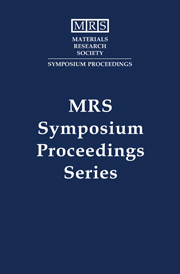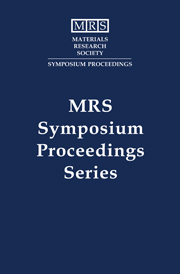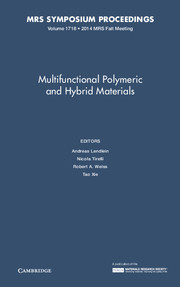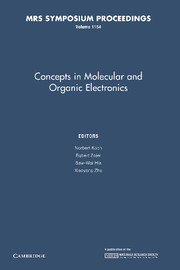Organic/Inorganic Hybrid Materials – 2000
The rapid and intense growth in the area of nanomaterials has had a direct and massive impact on the area of organic/inorganic hybrid materials, particularly since hybrid materials represent one of the more common and easily accessible classes of these materials. Research on hybrid (especially nylon/clay) nanocomposites has already been incorporated into commercial applications and their potential for additional future commercialization seems certain. These successes and advances in hybrid materials synthesis, characterization and processing served as an impetus for this book, first published in 2001. It brings together researchers to learn about the leading-edge science and engineering occurring around the world, and to develop new ideas/points of view for their own research efforts. Topics include: chemical strategies for the design of new hybrids; well-defined nanobuilding block precursors for hybrids; chemical routes to nano/mesostructured hybrid materials; meso- or nanostructured porous materials; characterization methods; processing and properties of hybrids; and biomaterials and biogels.
Product details
April 2001Hardback
9781558995369
486 pages
229 × 152 × 27 mm
0.82kg
Unavailable - out of print







